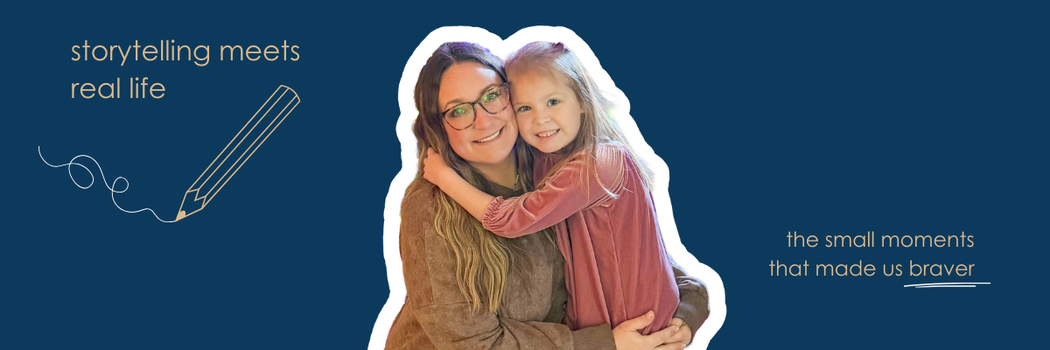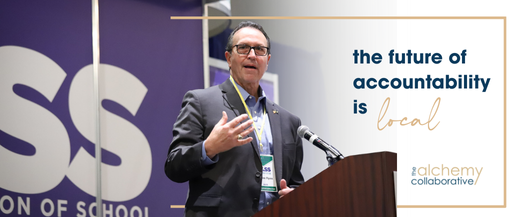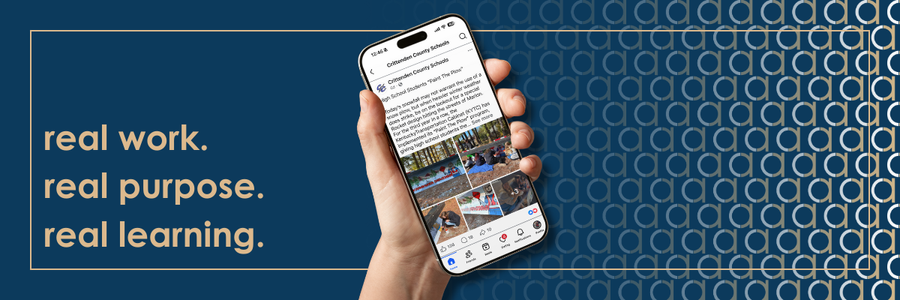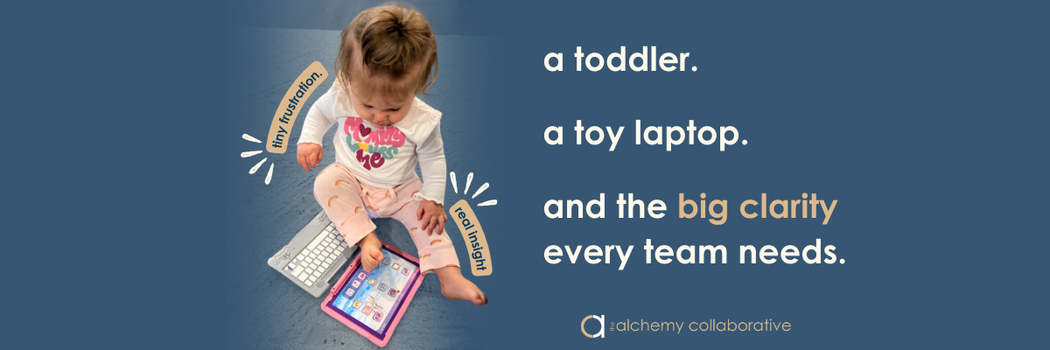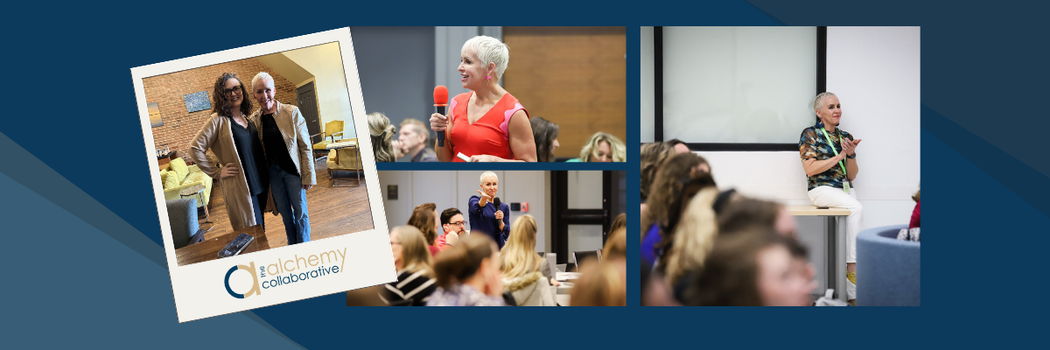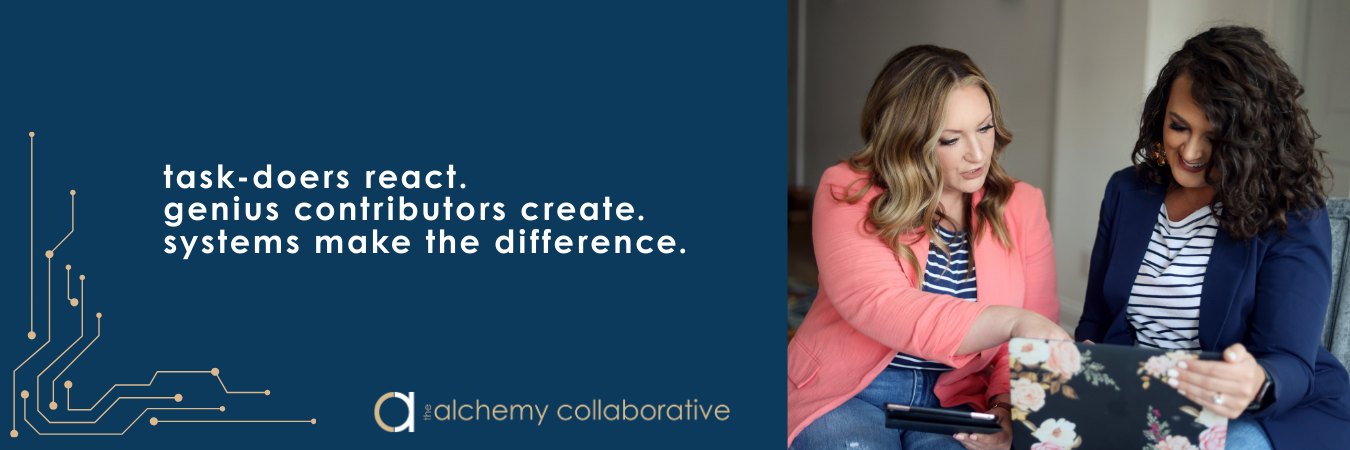how do you know when vibrant learning is really happening in your schools?
That’s a question leaders across Kentucky (and beyond) are asking right now. Teachers are designing projects, principals are walking classrooms, and districts are sharing success stories. But how do all those pieces connect into a system of accountability that feels authentic, sustainable, and clear?
At Alchemy, we’ve been in dozens of these conversations lately, from small rural districts to larger suburban systems. Here’s what we’re learning about the real work of vibrant learning and accountability.
defining vibrant learning comes first
Before you can measure it, you have to name it. In district after district, we hear leaders admit that many teachers can’t yet define what a “vibrant learning experience” looks like in practice. That’s not failure... it’s the starting line.
Accountability isn’t only about collecting data. It’s about building shared language. When leaders clarify “this is what counts as vibrant learning,” they give teachers, principals, and families a common picture to aim toward.
accountability needs both proof points and stories
Numbers matter. Tools like walkthrough forms, surveys, and observation rubrics provide consistency. But stories matter too.
Think about a middle school where students create podcasts instead of book reports, or a high school auto tech class where students rebuild real engines. These are living examples of vibrant learning AND portraits of a learner in action.
Strong accountability systems balance both:
- Proof points (data, rubrics, checklists).
- Stories (authentic snapshots that bring the work to life).
teachers can’t carry the accountability load alone
When accountability is framed as “another thing” for teachers to fill out, it rarely lasts. The smarter model we’ve seen emerge:
- Teachers share quick snapshots of classroom work.
- Principals and directors curate the best examples.
- District leaders expand those into fuller case studies and community-facing stories.
This division of labor keeps the focus where it belongs: teachers on teaching, leaders on systems.
equity matters: don’t forget high schools
Elementary classrooms often generate the most visible stories: art projects, science fairs, and community readers are easy to photograph and share. These stories matter because they build momentum and help families see the joy of learning early on.
But vibrant learning has some of its deepest real-world connections at the high school level. Career pathways, STEM projects, vocational labs, and internships all put students in spaces where their work mirrors the real world. These are powerful, high-impact examples of the Portrait of a Learner in action.
If accountability systems over-index on elementary, they risk overlooking some of the most transformative stories. The opposite is true as well: if we only highlight high school projects, we miss the foundational spark that happens in the early grades.
Leaders must be intentional about lifting stories at every level so families and staff see the full arc of vibrant learning from kindergarten through graduation.
accountability doubles as professional learning
Here’s the hidden power of story collection: every time a principal reviews a teacher’s post and asks, “Does this reflect vibrant learning?” they are reinforcing the definition.
Accountability isn’t separate from growth. It is growth...especially if leaders use it as a coaching tool, not just a compliance exercise.
what districts (and our team at alchemy) are learning
From our work alongside multiple districts, one theme is clear:
- Accountability is narrative-driven. Numbers prove consistency; stories prove impact.
- Leadership alignment is key. When principals and superintendents act as curators, teachers can stay focused on classrooms.
- Tools must serve two audiences.
- Internal growth → helping staff learn and calibrate what vibrant learning looks like.
- External trust → showing families and communities that vibrant learning is real.
the bigger picture
The work of vibrant learning and accountability isn’t just about proving outcomes. It’s about building shared understanding and equipping leaders to recognize, curate, and communicate what great learning looks like.
When districts get this right, accountability stops feeling like a checklist. It becomes a story of growth, trust, and transformation.

